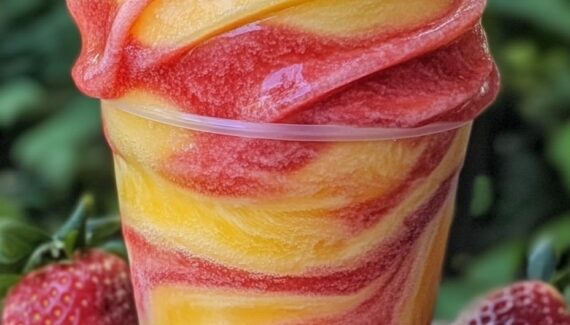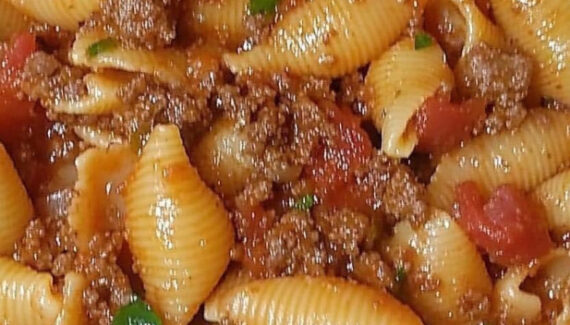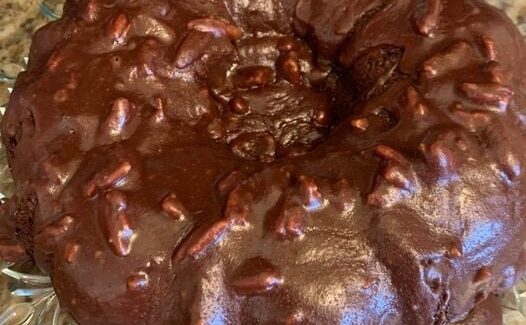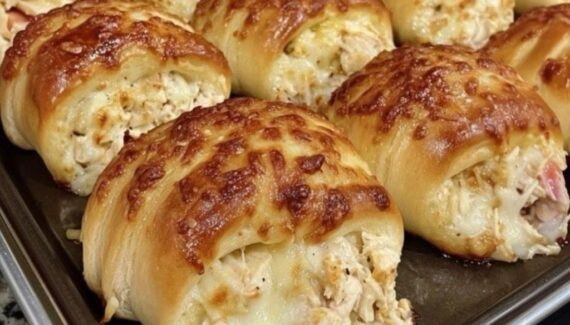
Step 4: Heat Gently and Bring to a Boil
Place the saucepan over medium heat and stir until the sugar dissolves completely. Once dissolved, stop stirring and let the mixture come to a rolling boil. If sugar crystals form on the sides of the pot, use a damp pastry brush to dissolve them and prevent crystallization.
Step 5: Monitor the Temperature
Allow the mixture to boil without stirring until it reaches the soft-ball stage: 234°F to 240°F (112°C to 116°C) on a candy thermometer. This stage ensures the right consistency—too low, and your fudge won’t set; too high, and it may become dry or crumbly.
Don’t rush this step—it can take 15–20 minutes to reach temperature. Trust the process!
Step 6: Add Butter and Cool
Once the soft-ball stage is reached, remove the saucepan from heat immediately. Drop in the butter (do not stir it yet!) and let the entire mixture cool undisturbed until it reaches about 110°F (43°C) or is just warm to the touch. This cooling phase is critical for smooth texture.
Step 7: Beat in Vanilla and Stir Vigorously
Once cooled, add the vanilla extract and start stirring vigorously with a wooden spoon or spatula. This is where the magic happens—watch as the mixture gradually loses its glossy appearance and thickens to a fudge-like texture.
This part takes elbow grease—beat the fudge until it starts to hold shape and becomes dull instead of shiny.
Step 8: Pour and Set
Quickly pour the mixture into your prepared pan and spread it evenly. Work fast, as it sets quickly once it’s stirred. Let the fudge cool at room temperature for at least 2–3 hours or until completely firm.
Step 9: Cut and Enjoy
Once set, lift the fudge out using the parchment (or slice it directly in the pan if greased), and cut into bite-sized squares. Store in an airtight container at room temperature for up to 2 weeks—or refrigerate for longer shelf life.
Tips for Perfect Old-Fashioned Fudge
- Use a candy thermometer: It removes the guesswork and improves your chances of nailing the soft-ball stage.
- Don’t stir while boiling: Stirring after sugar dissolves can lead to grainy fudge due to premature crystallization.
- Patience is key: Letting the fudge cool properly before beating is essential to getting that smooth, melt-in-your-mouth texture.
- Humidity matters: Try making fudge on a dry day—moisture in the air can affect how it sets.
Final Thoughts
Making Old-Fashioned Hershey Cocoa Fudge is more than just a recipe—it’s an experience steeped in tradition, patience, and a touch of science. While it may take a bit more effort than modern microwave versions, the results speak for themselves. With its deep chocolate flavor, classic texture, and satisfying sweetness, this timeless fudge is a piece of culinary nostalgia that continues to warm hearts and delight taste buds.
So roll up your sleeves, grab that saucepan, and treat yourself to a slice of the past—made right in your own kitchen.
Let me know if you’d like a printable version or a styled recipe card!








No Responses Yet